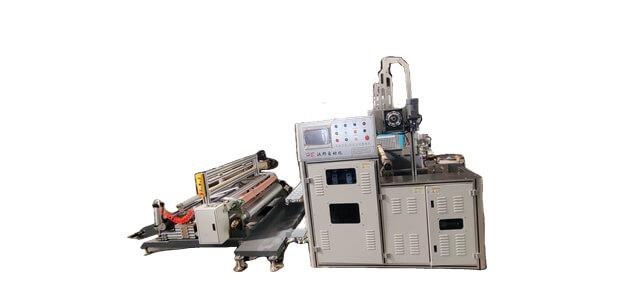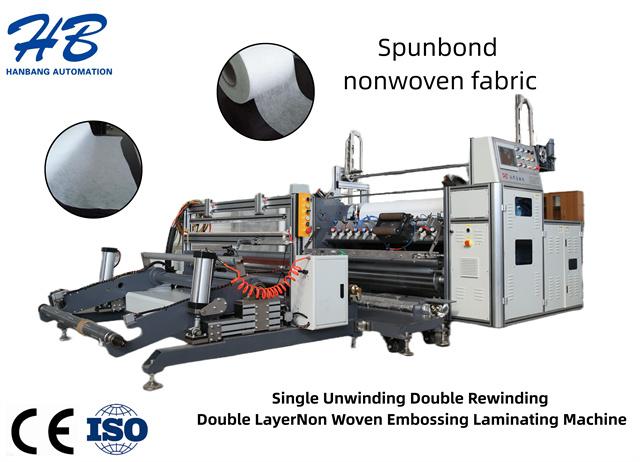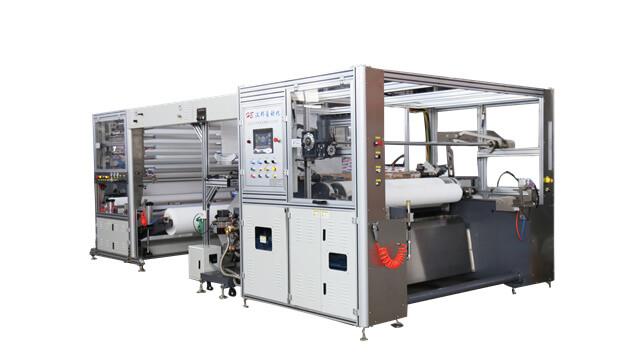
Introduction. 1. Understanding Non Woven Fabrics. 2. The Role of Embossing. 3. Components of the Embossing Machine. 4. Setting up the Machine. 5. Safety Precaut...
1. Understanding Non-Woven Fabric Embossing:. 2. The Role of the Embossing Machine:. 3. Installing the Machine:. 4. Safety Considerations:. 5. Testing and Calib...
Introduction. 1. Machine Capacity. 2. Quality of Embossing. 3. Durability and Reliability. 4. Ease of Operation. 5. Energy Efficiency. 6. Maintenance and Suppor...
1. Improved Absorbency. 2. Enhanced Comfort. 3. Leak Protection. 4. Odor Control. 5. Aesthetic Appeal. 6. Product Differentiation. 7. Efficiency and Cost Saving...

2 machines, operated by one person, with a production width of 190mm, 60 meters per minute, and an actual output of 1.2-1.3 tons/machine in 12 hours....

The production of hot-air non-woven fabrics or spun-bonded non-woven fabrics has a strong three-dimensional hole shape, is more beautiful, has higher quality, penetrates faster, does no...

Машина для перфорационной резки нетканых материалов с тиснением является высокоэффективным и униве...
